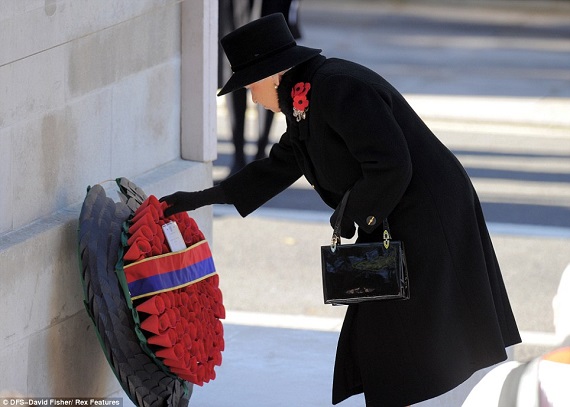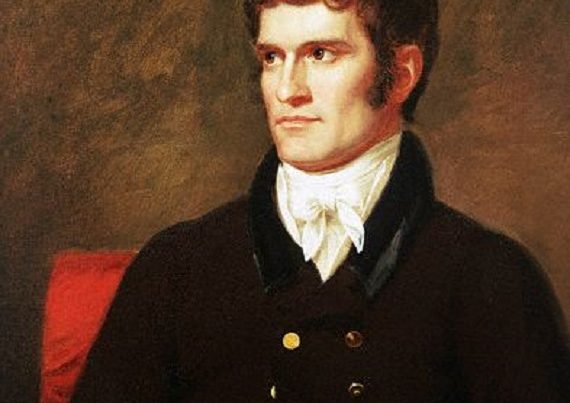In 1896 at the Reunion of United Confederate Veterans in New Orleans, Gen. Steven Dill Lee, the Commander of organization delivered his famous ‘charge’ speech where he laid out the goals of the UDC and the SCV, and also the goals for the surviving veterans. The first item on his list was the erection of public monuments to the Confederate Dead: “In all human lot there has nothing better.. been found for man than to die for his country. If there be any virtue, if there be any praise, this fate is to be preferred above all others. We feel it is well with those who have thus fulfilled the highest of all trusts.. the duty of a citizen to his native land, and whatever may have been their private faults, their public service on the field of battle has rightly given them a place with the immortals. Theirs was the martyr’s devotion… without the martyr’s hope.
Their generation and their country imposed upon them this high service. They fulfilled it without flinching. They felt that the issue of battle was with God; the issue of their duty was with…themselves..” Gen. Lee urged monuments to the Confederate soldier first for the sake of the dead, but more importantly for living…..that in our busy lives the stones may stand like great question marks to the soul of each observer.
The mothers, sisters and widows of the Confederate dead accepted their “Charge”. Monument after monument sprung from the ground around the country speech thanks to the drive and determination of Southern women who refused to let the memory of their fallen family who risked their lives for hearth and home, and the cause of liberty die.
The History of the United Daughters of the Confederacy states: “Out of the abundance of their love and pride in the South and the Southern Confederacy, and all who served and suffered for them, the women of the South have tried to make marble and bronze tell in chiseled words the glory of the men who wore the gray.
The United Daughters of the Confederacy have been called monument builders, and rightly, for when paeans of victory were sung and shouts of gladness rang through the North, Southern women…began working for monuments to tell of the glorious fight against the greatest odds a nation ever faced, that their hallowed memory should never die.
They knew monuments would speak more quickly, impressively, and lastingly to the eye than the written or printed word…. With homes ruined, and poverty-stricken, these women… by selling pies, by having bazaars and ice cream suppers, and little home-talent plays, gathered together nickels and dimes for monuments to their heroes.
The dimes grew into dollars, and monuments began to appear.
The … Daughters… have built hundreds and hundreds of Monuments, until now almost every county seat in the South has its Confederate monument in its courthouse square, or on a prominent corner, or in a cemetery—a shrine, a great object lesson to our youth, telling the story of a glorious past, of heroic deeds and unfailing loyalty to a beloved cause.”
Today, the great Memorial and Historical works of the United Daughters of the Confederacy…the World’s Greatest Monument Builders… are being threatened. In city after city, monuments are being vandalized, and in some areas there are calls to remove them.
Some say these monumental question marks provoking thought and reflection are somehow “offensive” and these tributes to American war veterans have ‘got to go’.
On July 8, 2016, the day after the Dallas Police shooting, 5 monuments around the South were targeted: Austin, TX, Memphis, TN, Shreveport, LA, and two in Florida; Lee Circle Monument in Pensacola and Memoria in Aeterna in Tampa.
In considering these larger than life question marks, today we must realize they are more than just War memorials. The inscriptions on the original monuments “In memory of our Confederate Dead” in Gainesville, simply “Confederate Dead” in Pensacola; “Lest we Forget” in Tampa and Bradenton resonate with us and suggest to the uninformed that something important though perhaps unexplained happened to result in these edifices.
The term Cenotaph is a term for a symbolic tomb for dead buried elsewhere, especially veterans. An American Cenotaph Icon that Texans and others who visit the Alamo recognize is the defenders of the Alamo Cenotaph.
Anglophiles will also recognize the Whitehall Cenotaph in London to veterans of the British Empire of the world wars and subsequent conflicts. Similar to our practice at Confederate Memorial Day, the Queen of England places a wreath on Remembrance Sunday each year to the Commonwealth’s dead.
These structures are impressive, admittedly. But no more impressive that the Capital Grounds Confederate monuments in Texas or Alabama. And combined, the small monuments in each courthouse ground and city square far exceed the stature of either of these Cenotaphs. They represent the grief of families and their desire that loved ones who did their civic duty will not be forgotten.
But they represent something more. Our monuments, like the Alamo and Whithall Cenotaph are more than just a tribute to sacrifice; they represent a gravestone in lieu of marked graves.
Many Americans today have ancestors who went away to war, and who never returned. Their bodies left to return to dust on faraway soil. While others lie in unknown, unmarked graves.
Perhaps many more have no descendants to speak for them, but their friends and family friends saw it fitting to mark their life with these stone observances. Our monuments are sacred Cenotaphs to these unburied war dead.
The words “Lest We Forget” are obvious to those who understand the true history of the War. But others contrive different meanings to these words. This represents a teaching opportunity. Why would so many non slave owners (80+ percent of southerners did not) leave their families and enlist as common soldiers, primarily fought on Southern soil? Could it possibly be something more than to keep their black brothers and sisters enslaved?
Some States have passed legislation to protect American Veterans monuments. Perhaps others will do the same. But in the meantime, let’s provide the answer to the question mark, and not let others define our historical works. The War was a continuation of the Founder’s concept for America. Local control not Federal Control. The argument continues today just as Pres. Jefferson Davis predicted it would, in medical marijuana, unisex bathrooms, and on and on.
Proverbs 22-28 states “Remove not the ancient landmark, which thy fathers have set”.
I say, remove not the cenotaphs thy mothers and grandmothers have set.







